It’s not an exaggeration to say that the biodiversity of our entire ecosystem depends on pollinators. Animals like birds, bees, bats, butterflies, moths, and other insects feed on plants, and in doing so, help 80% of the world’s plant species reproduce.
Over the last few decades, pollinator populations have declined dramatically due to climate change, pesticide exposure, and loss of habitat and food sources. Fortunately, we can help. One major way to make a positive impact on pollinators—and beautify an outdoor space—is to plant a native pollinator garden.
Even small outdoor spaces can provide quality habitat and help us fight biodiversity loss. A pollinator garden can range from a decorative planter with native flowers to small flowerbeds or larger vegetable gardens interspersed with flowers.
There are several ways you can learn more and start making a difference in your backyard or neighborhood:
- Get started by planting a few pollinator-friendly plants in your yard or community garden—check out our guide to native pollinator gardens for tips.
- Get to know Grow Native Massachusetts and explore their list of local native plant nurseries, online mail-order seed companies, and regional native plant sales.
- Read Bringing Nature Home: How You Can Sustain Wildlife with Native Plants or Nature’s Best Hope: A New Approach to Conservation that Starts in Your Yard by Douglas W. Tallamy.
Enjoy these five photos of pollinator-friendly native plants and let us know in the comments how you plan to support pollinators this year!
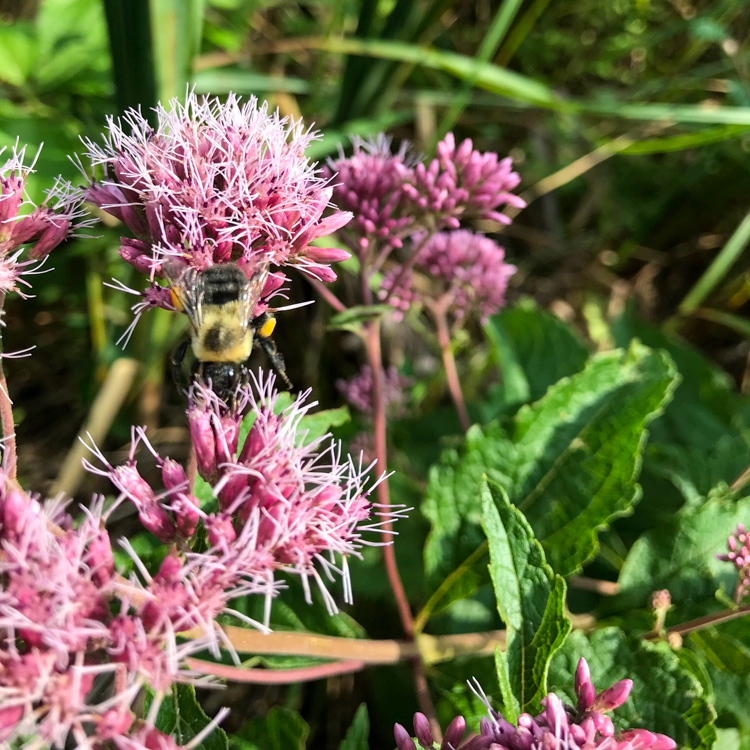
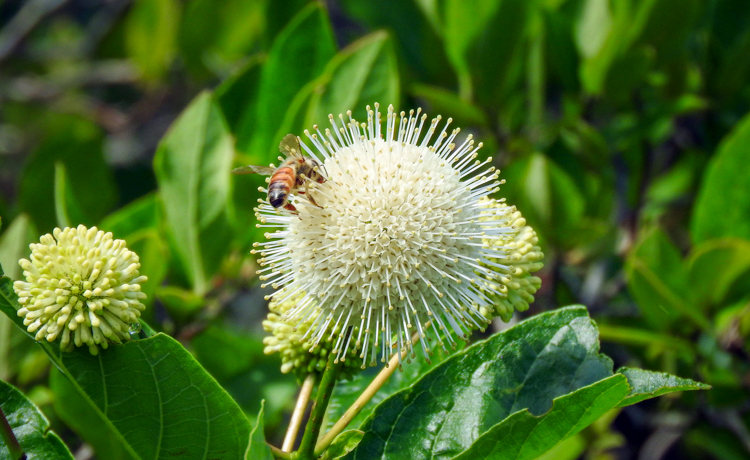
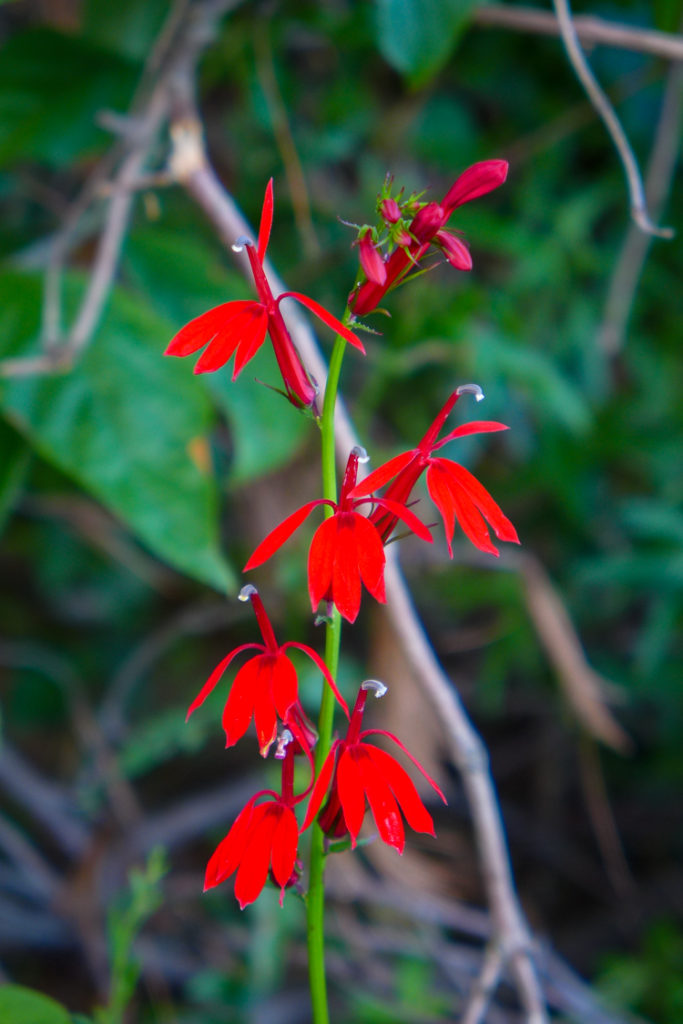
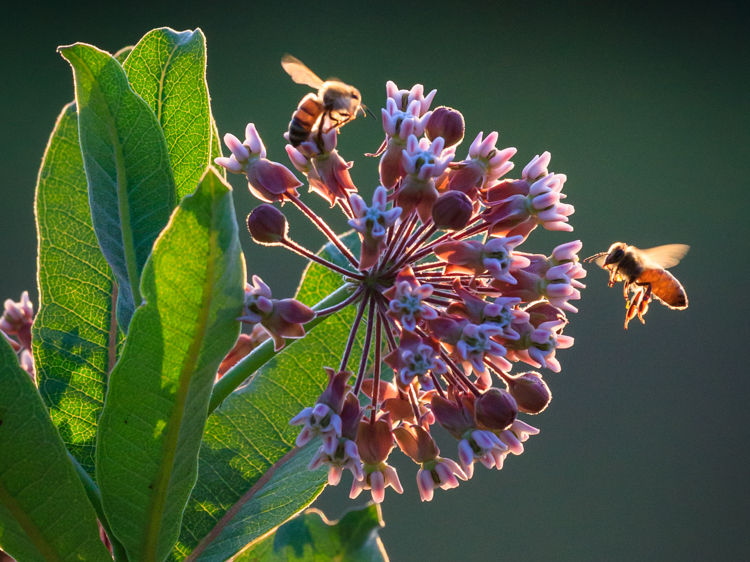
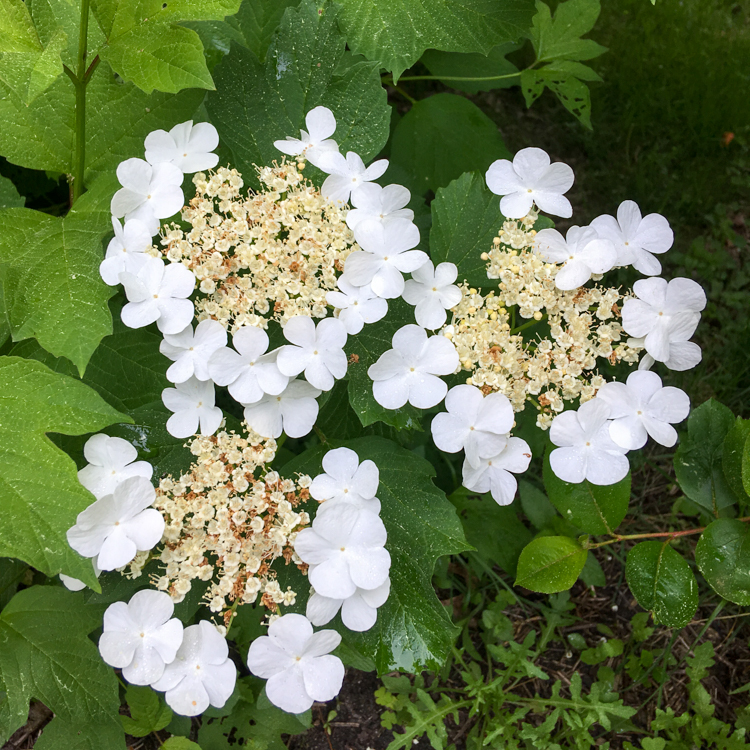
EDIT: An earlier version of this post included a photo of Echinacea purpurea (coneflower). While great for pollinators and native to the Midwest United States, it is not native to New England.


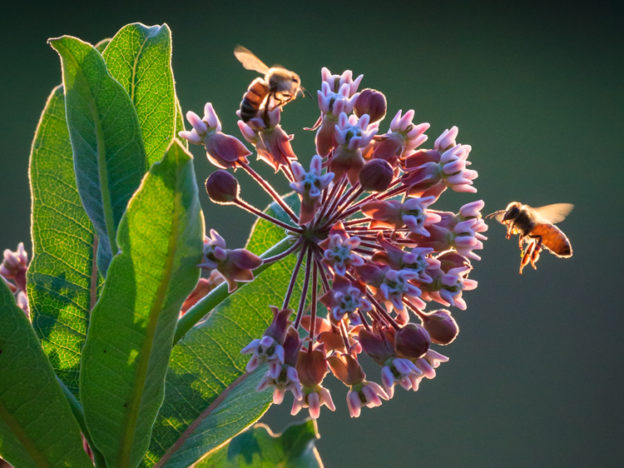
Echinacea purpurea is NOT native to this region (New England)! Please remove this suggestion as native. It is a midwest/prairie introduction, common in seed mixes purporting to be native.,
And according to gobotany and other sources, V. opulus is NOT NATIVE. It may be useful and non-invasive, but don’t put it in an article on Native Plants. Also, cardinal flower is very hard to grow (overwinter) in most garden settings and there are more easily grown plants for hummingbirds, e.g. beebalm.
Thank you for sharing your expertise, Sharon! There is a European variety of Viburnum opulus that is considered invasive (subspecies opulus) as well as a variety that is native (Viburnum opulus var. americanum, formerly known as Viburnum trilobum), although they are difficult to differentiate.
I have not had problems overwintering cardinal flower provided it is happy where it is planted. And, of course, it overwinters itself anywhere it is growing naturally. There is a large stand of it by Snake Brook in Wayland that gets flooded many years and yet still persists and expands. It has been there for 15 years that I’ve been noticing.). There is a good patch of it next to Rice Pond in Wayland that I’ve seen for at least 5 years. It does less well in a garden situation especially if mulched.
It would be great to have pictures with native bees instead of nonnative honey bees. (At least that’s what they look like to me.) Honey bees push out native pollinators because they are generalists and so numerous. I’m sympathetic to farmers who need them to pollinate crops, but if we are growing native plants to support native pollinators, then we shouldn’t focus on honey bees.
The pictures definitely are gorgeous!
where can you get milkweed?
The last picture looks like Viburnum opulus not Viburnum acerifolium.
Viburnum opulus: https://gobotany.nativeplanttrust.org/species/viburnum/opulus/
Viburnum acerifolium: https://gobotany.nativeplanttrust.org/species/viburnum/acerifolium/
Although, both provide great berries for the birds.
You’re right, Jill, good eye! We have corrected it from maple leaf viburnum to cranberry bush viburnum. Thanks for catching that!